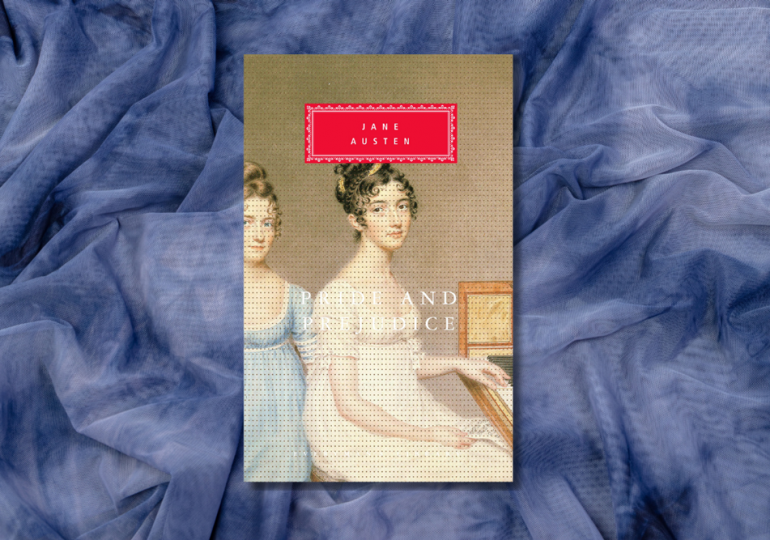Scholars may celebrate Jane Austen for her pioneering use of free indirect discourse, but you don’t need an English degree to appreciate that she helped invent the romantic comedy as we know it. A drolly perceptive chronicle of clever and virtuous country maiden Elizabeth Bennet’s bumpy courtship with the rich, haughty yet honorable Fitzwilliam Darcy, Austen’s second and most influential novel, Pride and Prejudice, is the ultimate slow burn. The marriage plot, the enemies-to-lovers trope, the master of the universe who falls for the everygirl—the enduring prevalence of all these rom-com conventions can be traced back to this classic among classics.
But the novel, originally published in 1813, has so much more to offer than romance and humor. Grounded in her own experience, Austen’s keen understanding of class and gender politics—and particularly the desperate plight of daughters prohibited by law from inheriting their fathers’ fortunes—gave bite to her satire of Regency-era matrimonial maneuvering. Without Pride and Prejudice, there would be no Bridgerton, no Bridget Jones, no dozens of sequels, spin-offs, adaptations, and updates, from P.D. James’s Death Comes to Pemberley to Curtis Sittenfeld’s Eligible. And yet, for all its two centuries’ worth of imitators, there still has never been a book quite like it.
Buy Now: Pride and Prejudice on Bookshop | Amazon
Leave a comment








